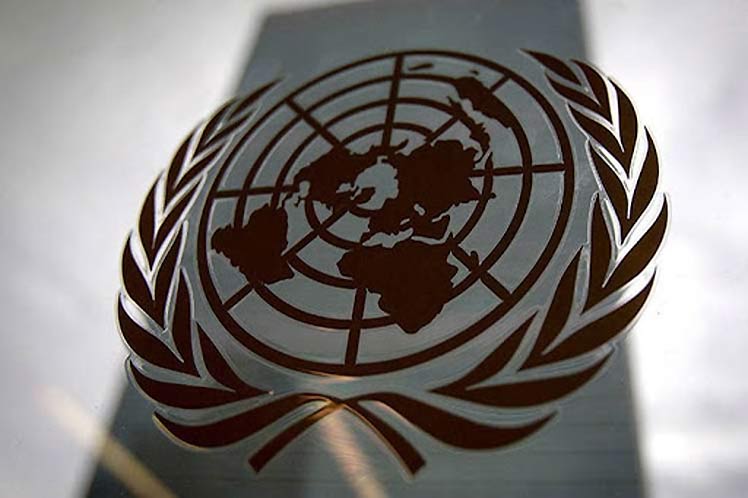According to the agency, although economic forecasts have improved since the last publication in January of this year, the outlook is only cautiously optimistic.
Among other challenges, the report analyzes continued high interest rates, debt difficulties, and geopolitical risks that endanger stable and sustained economic growth, while climate shocks increasingly pose additional challenges to global forecasts, threatening decades of development gains, especially for least developed countries and small island states.
The report details the impact of demand for critical minerals and its rapid growth, as the deployment of low-carbon technologies accelerates, presenting new opportunities for many developing countries, but effective management of such resources remains essential for achieving positive results for the Sustainable Development Goals and avoiding negative ones.
An initial edition of this year’s forecasts predicted that the risks to global growth are generally balanced, so it is possible to envision a soft landing.
Projections put global growth at 3.1 percent in 2024 and 3.2 percent in 2025, just 0.2 percent above what was estimated in October, which the UN says is due to greater resilience expected in the United States and several major emerging market and developing economies, as well as fiscal stimulus in China.
However, the projections for 2024 and 2025 are below the historical average of 3.8 percent, given the high interest rates of monetary policy to address inflation, the withdrawal of fiscal support in an environment of strong debt that slows economic activity, and low underlying productivity growth.
jrr/llp/kmg/ebr










